Paso Robles Merlot Harvest
Good Morning from Paso Robles Winemakers!
Our crew is working very hard to bring you some of the finest wine grapes Paso Robles has to offer. Yesterday and Today we are harvesting Merlot and Syrah. They are being picked around 24-26 Brix. They should be arriving in Hartford, CT around 9/23/2016.
We are still awaiting the Petite Sirah which is currently at 22 Brix. We are thinking it will harvest around 9/23.
Make sure to place your orders!
These are fantastic grapes for making Award Winning Wines!
-PS-
Drop Off You Wine Competition Entities at Pick Up! http://www.juicegrape.com/community/wine_classic/
Paso Robles Update
Paso Robles is one of California’s emerging AVA’s. It has grown from a sleepy town to a high end wine growing and wine producing region. Paso Robles Wine Country is ideally located along California’s Central Coast, conveniently between San Francisco and Los Angeles. Over the past decade the number of wineries has more than tripled, and Paso Robles is now home to nearly 200 wineries. Winemaking on the Central Coast began when the Franciscan Friars traveled through California establishing Missions. The Missionaries started planting grapes in 1790. You can still see these vines growing today. Since the original plantings of the Missionaries, Paso Robles has become a top destination for farmers to plant grapes. Many famous people have planted vineyards and started wineries in this region. For example, Ignace Paderewski, the Polish pianist purchased 2,000 acres in the 1920’s. He planted Petite Sirah and Zinfandel and eventually opened York Mountain Winery; which is still in existence today.
Paso Robles is comprised of 26,000 acres of wine grapes. It is one of the fastest growing wine regions in California and on the Central Coast. It has a diverse topography. There are rivers, roiling hills, flat lands, and mountains. The soil is comprised of bedrock, weather granite, marine sedimentary rocks, and volcanic rocks. Because of the many different soil components one vineyard block could contain several different soil types.
In terms of grapes, Paso Robles is known for growing Zinfandel, but has gained recognition for Bordeaux and Rhone varieties. The AVA likes to produce non-traditional blends. It is a valley that doesn’t follow the rules and expectations of tradition winemaking. The winemakers of Paso Robles like to make their own rules.
Musto Wine Grape Company will be offering the following wine grapes from Paso Robles: Cabernet Sauvignon, Cabernet Franc, Merlot, Pinot Noir, Petite Sirah, Syrah, Zinfandel, and Old Vine Zinfandel.
- The Paso Petite Sirah resides on the East side of Paso Robles. Days are hot for a longer period of time than the west side but the temperature will drop down to 50 degrees and below at night. The grapes ripen while maturing slowly to produce a wine with aromas of blueberry, raspberry, and black coffee. The wines from this area show deep color, are full bodied, and have a smooth tannic structure.
- The Paso Merlot, and Syrah are sourced from Tolosa Winery from their “Meeker Vineyard” blocks. The Syrah is the Shenandoah Clone and on 5BB rootstock. Finally, the Merlot is Clone 3 and on 5BB rootstock.
- The Paso Zinfandel and Old Vine Zinfandel are sourced from the Steinbeck Vineyard. The Zinfandel resides on east-west rolling hills. The soils are calcareous and are farmed by a multiple generation vintner.
- The Pinot Noir is sourced from Opolo Vineyards of Paso Robles. The Pinot Noir vineyards are located in the Willow Creek AVA. This region cools down earlier than the East side. The area is known for getting any varietal ripe and mature. The soil is very calcareous which produces a very elegant Pinot Noir.
- The Cabernet is sourced from Parrish Templeton Vineyards. These grapes go to wineries such as Opolo and Justin. It is located in the “Pomar Junction” area of the Templeton gap. The soil consists of clay topsoil, over-lying a fractured calcareous base. This vineyard was created to produce high end Cabernet.
- Varieties from Paso Robles:
- Cabernet Suavignon
- Merlot
- Pinot Noir
- Petite Sirah
- Syrah
- Zinfandel
- Old Vine Zinfandel
We are currently taking orders for ALL Paso Robles grapes. The Pinot Noir will be arriving on 9/9/16. Make sure to secure your grapes today!
sales@juicegrape.com / 877.812.1137
Washington Merlot Harvest
Extra, extra, read all about it – we will have Washington Wine Grapes This Year!
Specifically Own-Rooted Merlot from the Rattlesnakes Hills in Yakima Valley.
About the Soil:
The surface layers of vineyard soils are based primarily in loess, which is mostly wind-deposited silt and fine sand derived from the sediments of the ‘Missoula’ ice age floods. The content of the soils consists of a mixture of minerals derived from both the local basalt bedrock and the granite and limestone of northern Idaho and Montana.
Most of the soils are classified as silt loams (mostly Harwood-Burke, but also Weihl and Scoon), which are low in clay. The low clay content creates well-drained soils, encouraging the vines to root more deeply, a factor generally associated with high quality grapes and wines. It also creates an inhospitable environment for phylloxera, an aphid-like pest that feeds on the roots of grapevines. Due in large part to the clay-poor soils, the Yakima Valley is one of the few places on earth where European wine grapes (such as Cabernet Sauvignon, Merlot, and Pinot Noir) can still be grown on their own roots, also a factor generally associated with high quality.
The shallow soil profile contains large chunks of calcium-caked gravel and calcium carbonate horizons called “Caliche”. In most areas, the caliche forms a conspicuous white layer under the topsoil that adds mineral complexity. The deep roots of the vines penetrate through the surface layer of loess, which averages 18 inches in thickness throughout most of the vineyard, and into the underlying calcium-rich substrate. This gravelly, high pH substrate forces the vines to struggle, an additional factor associated with high quality grapes and wine.
About Being Own-Rooted:
An Own-Rooted vine is a vine that has no rootstock. This is not common in most wine regions around the world. The rootstock & vine grafting was necessary at one point to protect from specific diseases such as Phylloxera. The Washington soil type is made up of a fine silt loam which Phylloxera hates – this is why they can plant Own-Rooted vines.
It is said that there are differences in the wines from Own-Rooted vs. Rootstock Grafted Vines. There is much debate around this issue. It looks like you will have to be the judge!
About the Merlot:
The Merlot Clone coming from this vineyard has clusters that are small to medium in size. The berries are small and round. This clone produces a high vigor vine that creates a dense canopy. Yield is usually around 3-5 ton acre depending on the growing season.
The clone produces a soft, full-bodied, fruity wine full of many different complexities. A great Merlot that can stand alone and age – or be added to a blend to give the wine that extra punch of structure.
Harvest Update: 8/25/2016
ARRIVING to Hartford, CT Early Next Week:
8/29/2016:
LODI
- Costamagna Chardonnay
- Lodi Gold Grenache
- Valley Beauty Barbera
- Smiling Baby Merlot
- Valley Beauty Zinfandel
9/1/2016:
LANZA – Suisun Valley
- Sauvignon Blanc
CENTRAL VALLEY
- Cry Baby Muscat (42lb)
- Muscat King (42lb)
- Cry Baby Thompson Seedless (42lb)
- Lugano Old Vine Zinfandel
- Lucerne Old Vine Zinfandel
JUICES from LODI
- A Mix of Varieties
Call 877.812.1137 or email sales@juicegrape.com for more information
Zinderella – 88 Points in Wine Enthusiast!
Congratulations to our Lodi Growers on earning 88 Points in Wine Enthusiast for their Old Vine Zinfandel Wine – Zinderella.
“Zinderella, an Old Vine Zinfandel – Inspired by perseverance and invigorated by a willingness to never give up on a dream, Zinderella embodies so much more than just wine. From the heart of the esteemed Lodi Appellation, a land recognized as the Zinfandel Capitol of the World; only select Zinfandel grapes that have withstood the test of time have been chosen. With deep, rich Zin flavors, each bottle of Zinderella is an inspiration to follow our dreams and create memories. This is our Zinderella Story” – via Zinderella “The Perfect Fit”
Cheers to Lodi Wine & Lodi Grapes. Make sure to put your order in for Zinderella Old Vine Zinfandel Grapes for this Fall.






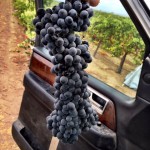
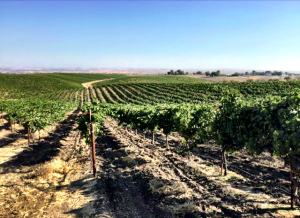
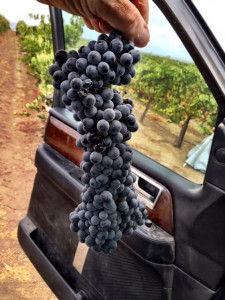
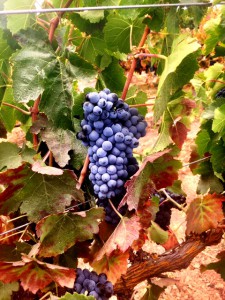
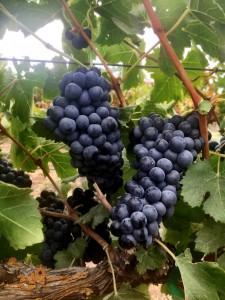

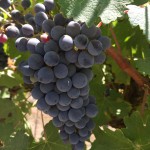

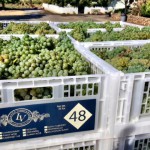

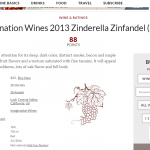
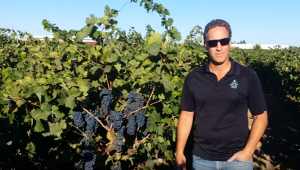
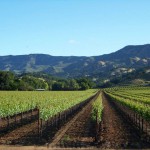
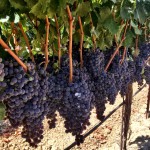
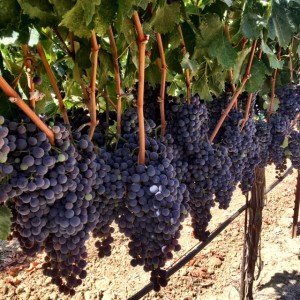
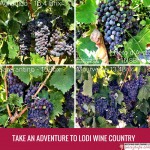
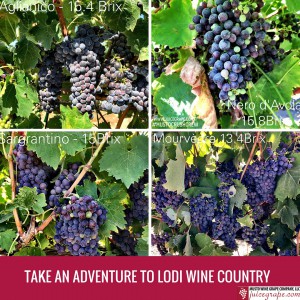
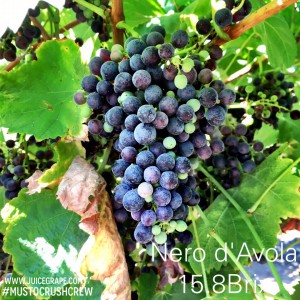
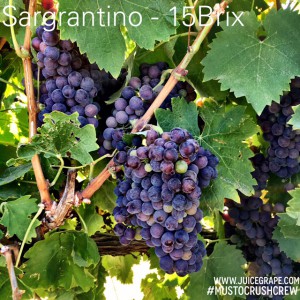
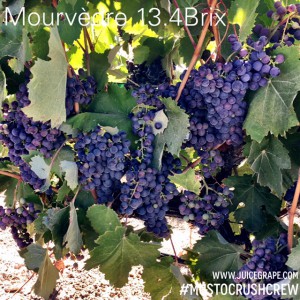
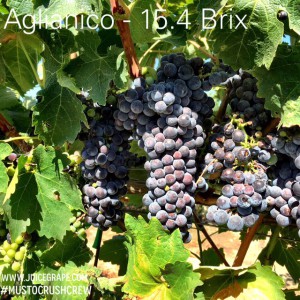
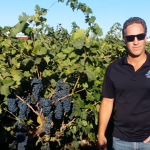
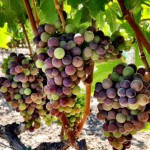
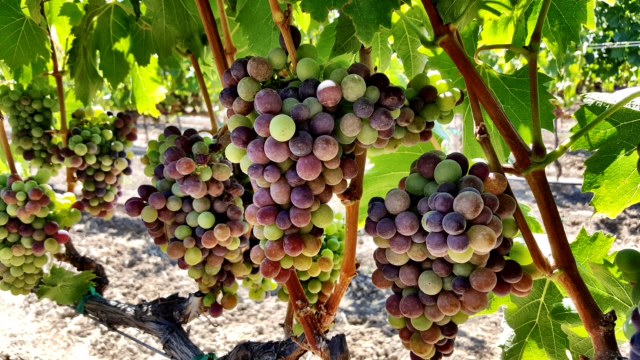

Recent Comments